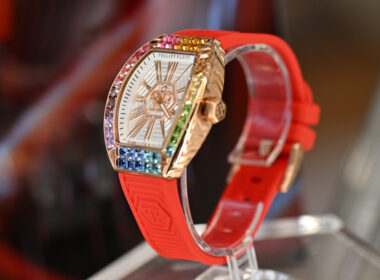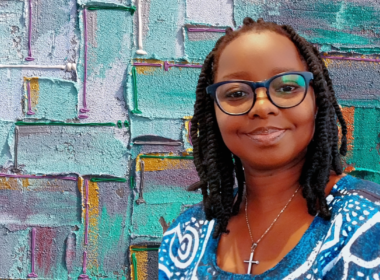When you meet Aulgah Nato, you’re struck by the aura of resilience wrapped in elegance. This is a woman whose designs carry the strength of her own story. Her brand, Nato Design House, is a leader in East Africa’s growing fashion market, which was valued at approximately USD 14.85 billion in 2024. With an expected annual growth rate of 7.7%, this market is gaining momentum, supported by an increasingly connected East African consumer base and a shift toward culturally resonant, high-quality designs. Nato, whose journey began by reworking her late mother’s clothes, now stands as a celebrated designer, championing the DNA of African identity through her work.
Celebrities and style-conscious women across Nairobi, including Julie Gichuru, seek her pieces not only for their elegance but for the stories they tell—of African roots, pride, and timelessness. “When I create,” she says, “I’m designing pieces that celebrate our African roots, but with the elegance and timelessness that women love.” This devotion to cultural representation has positioned her as a leading voice in the Kenyan fashion scene.
In this chat, Nato unpacks why passion alone isn’t enough to survive in fashion: “You need strategy; how to market yourself, where to place your brand, who to dress.” She shares hard-earned wisdom on navigating an industry that’s as demanding as it is rewarding, along with her vision for more inclusivity and visibility for African designers on the global stage. Her story is an inspiring blueprint for any designer looking to build a brand that resonates across borders.

Aulgah Nato:I come from a military family, and my dad was very hands-on when it came to guiding us. Each of my siblings had their careers chosen with his help, and when it was my turn, he suggested I join the military too. But I knew that wasn’t for me. He then proposed I try education or the medical field, but again, I wasn’t interested.
It was my brother who had a different perspective. I remember telling him that if I couldn’t do fashion, I wanted to be a news anchor. He wasn’t sold on the idea, pointing out how limited TV opportunities were in Kenya back then, and how saturated the job market was. That conversation made me rethink my plans. Eventually, I settled on studying PR and communication, which my family finally agreed to. I pursued it, worked in PR—even internationally for a while—but deep down, fashion kept calling.
I’ve always felt a strong connection to my African roots, and fashion became my way to express that. I wanted my clothes to reflect Kenya, my culture, my identity. I started small—reaching out to my sister to create African-inspired pieces just for me. When I finally returned home and told my family again that I wanted to pursue fashion, they weren’t thrilled. Tailoring wasn’t seen as a prestigious career. But I was persistent. I worked in PR while starting my fashion business from my balcony—dressing myself, my friends, even my churchmates. That’s how it all began—one small step that grew into a career.
Recommended For You
FAB: Another aspect of your journey is your experience of resizing your late mom’s clothes. How did that influence your approach to sustainability in the fashion industry?
Aulgah Nato: Losing my mom at nine was hard, but in a way, it shaped my creativity. My sister didn’t care much for fashion, so she kept just a few of our mom’s clothes. I took the rest and started adjusting them—cutting, reshaping, and resizing them to fit me. I was just a kid, but I wanted to wear her clothes, to keep a piece of her with me. For the pieces I couldn’t work on myself, I’d take them to a local tailor to redesign them for me.
That early experience shaped my approach to sustainability. In fashion, unsold collections can end up forgotten as new ones come in. But instead of wasting those pieces, I rework them—altering sleeves, adding appliqué, tweaking the design. Often, people end up loving the revamped version more than the original. It’s all about giving new life to what’s already there. Never miss a beat in fashion, arts, beauty, and lifestyle, follow FAB L’Style Magazine.

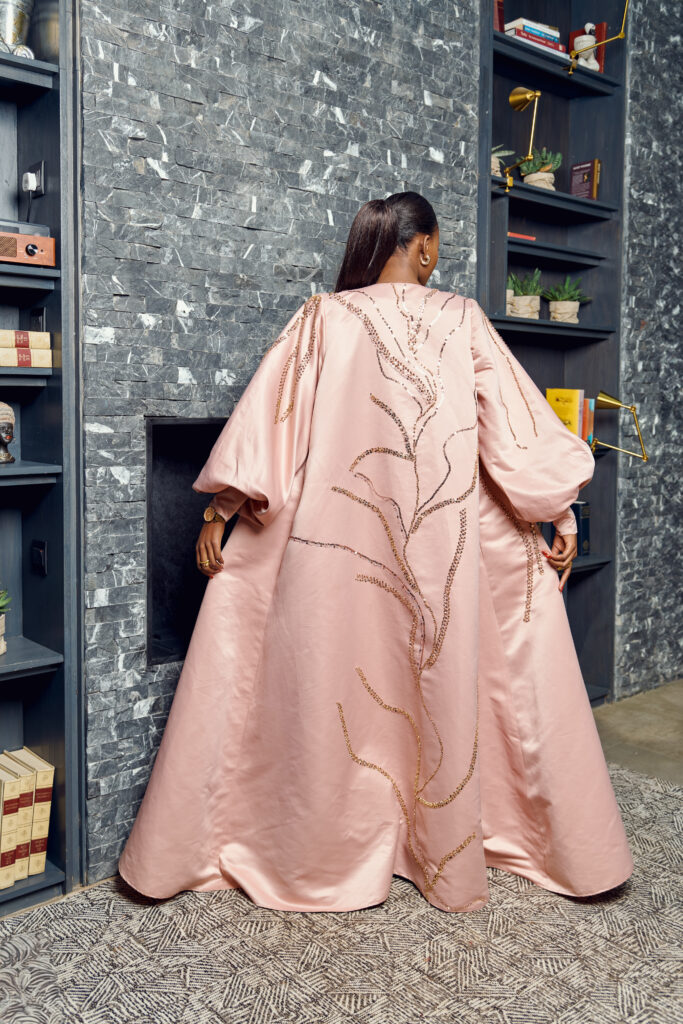
African Fashion Trends
FAB: What do you think is the biggest misconception about the fashion industry and how do you think it can be changed?
Aulgah Nato: People often think fashion is all about trends—new, flashy, expensive. But fashion should be seen as a lifestyle. It doesn’t have to break the bank. It’s about understanding what you already have and making it work for you, styling it in ways that fit your body and personality. This mindset shift can support sustainability while also helping people feel more stylish.
You don’t always need to buy something new. Sometimes, a little creativity is all it takes—altering what you already own. And that’s why it’s great to have a good tailor or designer friend who can help you refresh your wardrobe. Fashion is not just about what’s new—it’s about how you wear it.
FAB: What are the new developments and trends you are seeing in the African fashion space at the moment? Not just in East Africa but Africa as a whole.
Aulgah Nato: Collaboration is huge right now, and it wasn’t always that way. When I started, getting information or collaborating was a challenge—people feared their designs would be stolen. But now, there’s more openness. Designers are teaming up, sharing ideas, and that’s creating a more connected market.
I’ve also noticed more founders stepping into the spotlight, telling their stories. Before, it was rare to see designers talk about their journeys. But now, people are more willing to share their stories and take ownership of their narrative.
FAB: The second leg of that question is how do you think African fashion can be more recognised on the global stage?
Aulgah Nato: We need to support our own. Look at music—Africans are collaborating, pushing boundaries, and it’s getting global attention. We need the same approach in fashion. When celebrities are asked, “Who are you wearing?” too often, they shy away from mentioning African designers. That has to change.
If we can be proud of our local brands and wear them globally, the world will take notice. It’s one thing for one designer to try to make it internationally, but if we collectively support African brands, it’ll be easier for the world to recognize that Africa has something amazing to offer.
FAB: Do you have a particular African textile or fabric that you like and perhaps love to work with?
Aulgah Nato: I love kitenge—it’s a fabric that carries an African essence. But for me, it’s not just about the print. It’s about what that print represents—the story it tells. For example, if I’m fascinated by a specific African bird, I’d love to create a collection that reflects the beauty of that bird. Fashion, for me, is storytelling, and kitenge allows me to do that while staying connected to African culture.


Business Lessons for Fashion-preneurs from Nato
FAB: That’s amazing, especially how storytelling is central to your work. Now, shifting to the business side, which is important for us here on the continent—many creatives struggle with the question of, “I have a product, but how do I sell it?” You’ve managed to achieve remarkable success with your product, and I’m curious—what has been the most significant mistake you’ve made as an entrepreneur, and what did you learn from it? People often talk about consistency being key to success, and while we know that God plays a big role, could you share some practical, real-life insights from your journey?
Aulgah Nato: I wouldn’t call it a mistake, but early on, I took on everything—men’s wear, children’s wear, women’s wear. I was focused on making money, thinking I could do it all. But that led to disappointment for some clients because I wasn’t specializing in anything.
Eventually, I realized I had to focus on what I was truly passionate about. I dropped men’s and children’s wear and concentrated on women’s fashion—gowns, ready-to-wear, occasion pieces. I invested time in understanding fabrics and women’s body shapes, and that’s where I really started to grow. The lesson? You can’t be great at everything. Specializing is key.
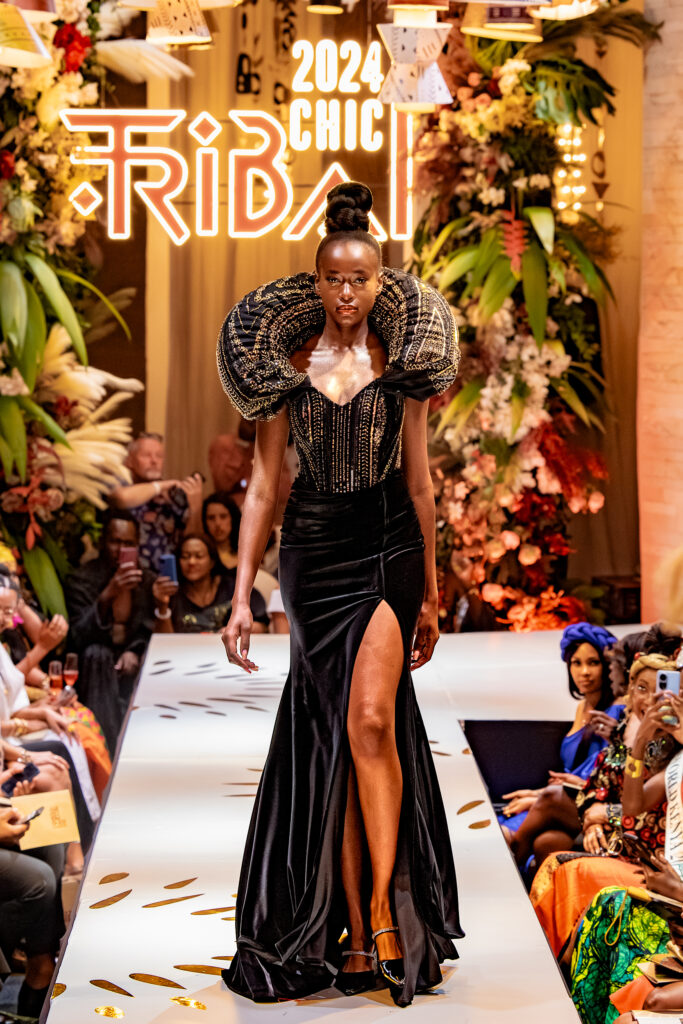

Aulgah Nato: Celebrities want to feel special, like you’ve designed something just for them. They don’t want to be compared to anyone else. It’s not just about the outfit; it’s the entire experience—how you involve them in the creative process, how you make them feel. If you understand their vision and body shape, they can be some of the easiest clients to work with. But if they feel like you’re not giving your best or offering something generic, that’s when it becomes a challenge.
Personalisation and the emotional connection in the creation process make all the difference.
FAB: How then do you go about personalising style for individuals? Is there a particular creative process you need to go through to achieve that?
Aulgah Nato: You can’t learn everything in school when it comes to personalizing style. It’s all about taking the time to understand each client’s unique needs. Fashion is more of a calling than just a skill. You have to get to know your clients deeply, understand what makes them feel comfortable and confident, and cater to that. It’s about serving them with a personal touch, not a one-size-fits-all approach.
FAB: If you could design for any era, which one would it be and why?
Aulgah Nato: I’m obsessed with the fashion of the 50s, 60s, and 70s. My mom grew up in those times, and I often wonder what she wore, how she styled herself. I’ve even recreated some of her looks. Those decades fascinate me—the way people dressed for dates, parties, everyday life. There’s something timeless about those styles.
FAB: Any favourite piece from your latest collection, and what makes it special to you?
Aulgah Nato: In my latest collection, if you’ve seen any piece that looks very comfortable, you’ll find that that’s my favourite. Over time, you want to create really beautiful pieces, which everyone can love seeing them in pictures but there is also a growing need for clothing that feels comfortable.
A bigger group of my clientele are women in their 30s, 40s and 50s, and these women want comfort. I learned this lesson during COVID. Before the pandemic, I dressed up a lot, but during that period, I noticed I didn’t have enough comfortable clothes to wear at home—something relaxed yet stylish.
I also learned that Kenyans are very reserved, and they like comfort, especially women in their 30s and 40s. This realization made me focus on creating pieces that prioritize both comfort and quality. I want to be comfortable that even if I got off from work and I’m in the house, am I comfortable in that fabric? So number one, fabric became my thing. Then number two is comfort. It’s very different when I’m looking at having a couture look. My day-to-day wear, I want comfort. I want complete comfort in the styles, and I want quality and comfortable fabrics.
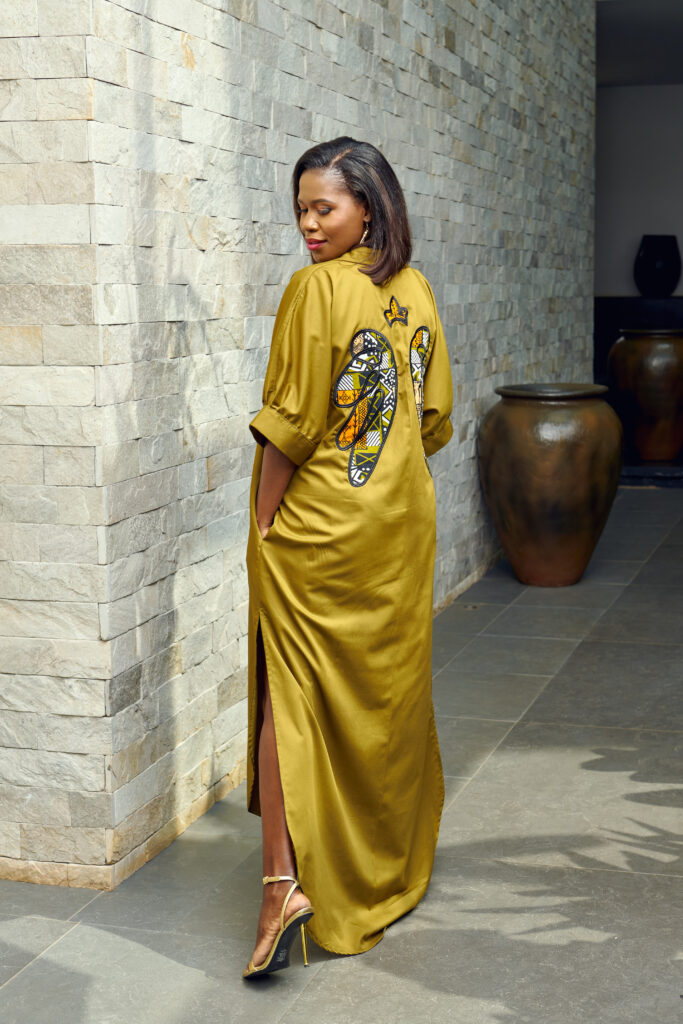
FAB: In the next 50 years, 100 years or 200 years, when somebody mentions NATO, what do you hope they remember you for? What legacy would you have left?
Aulgah Nato: There’s something I’ve done with my studio that I hope gets to touch each and every woman that I get to interact with. I’ve created my studio to be homely. When you walk into my studio, you don’t feel like it’s commercial. You don’t feel like you’re about to spend your money. I have created a studio that feels like home, a safe space. I have created a studio that makes women feel safe and comfortable to tell their stories. Each and every woman that I think has interacted with my brand knows that I have created a safe space for women. When someone thinks of NATO, I think they’ll wish to say they didn’t feel they spent their money, but they felt beautiful, they felt happy, and they felt fashionable.
FAB: That’s really, really profound. I’m taking that as when people think about you in 200 years, they should feel like that was home.
Aulgah Nato: That was home. That was a safe space. I get to have friends who are not in a rush to leave because they feel safe.
Fashion, Beauty, and Lifestyle with Aulgah Nato
FAB: What’s your go-to outfit for a night out?
Aulgah Nato: I love figure-hugging that would be chic and elegant.
FAB: What’s your favourite accessory to add some flair to it?
Aulgah Nato: A good scent.
Aulgah Nato: One fashion disaster that really taught me a lot was dealing with wardrobe malfunctions, which helped me understand the importance of choosing good quality fabrics. Sometimes a garment might look perfect in pictures, but in reality, it can be extremely uncomfortable. Quality fabric can save you from such issues every time. I also learned the importance of getting the cut right. No matter how much effort you put into a design, if the cut is wrong, it will always show. To me, ensuring a proper cut and a perfect fit is crucial in every piece I create. Above all, it’s about having high-quality fabric.
Fun Zone #FABFastFive Zone: #FABFastFive
FAB: If you were given the chance to make your one wish come true, what would it be?
Aulgah Nato: To make women feel comfortable in their bodies and hair and have designers make clothes that would work on a small body.
FAB: Where is your all-time dream vacation?
Aulgah Nato: I love it in the South of France.
FAB: If you could only listen to one song for the rest of your life, what would it be?
Aulgah Nato: Say something, I’m giving up on you.
FAB: What food should taste better than its appearance?
Aulgah Nato: Shrimps.
FAB: What is your favourite thing to do on the weekend?
Aulgah Nato: I listen to podcasts and take care of my body.
